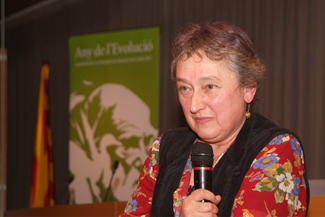Lynn Margulis, a microbiologist at the U.S. considered one of the leading figures in the evolution theory
Lynn Margulis is one of the leading scientists in the field of microbiology. Her contributions to biology and evolutionism are many. Amonst others, of particular significance is her Serial...









